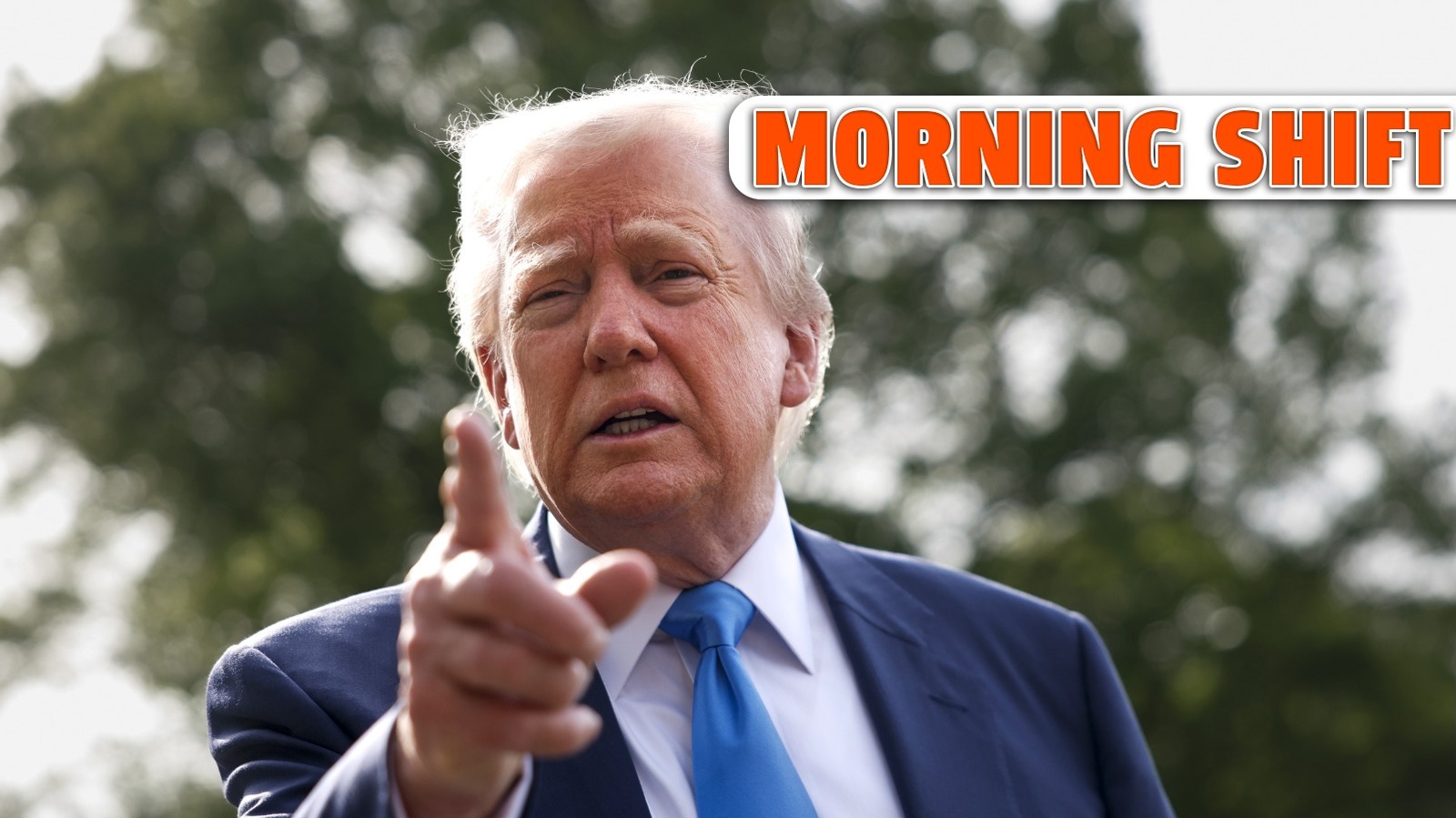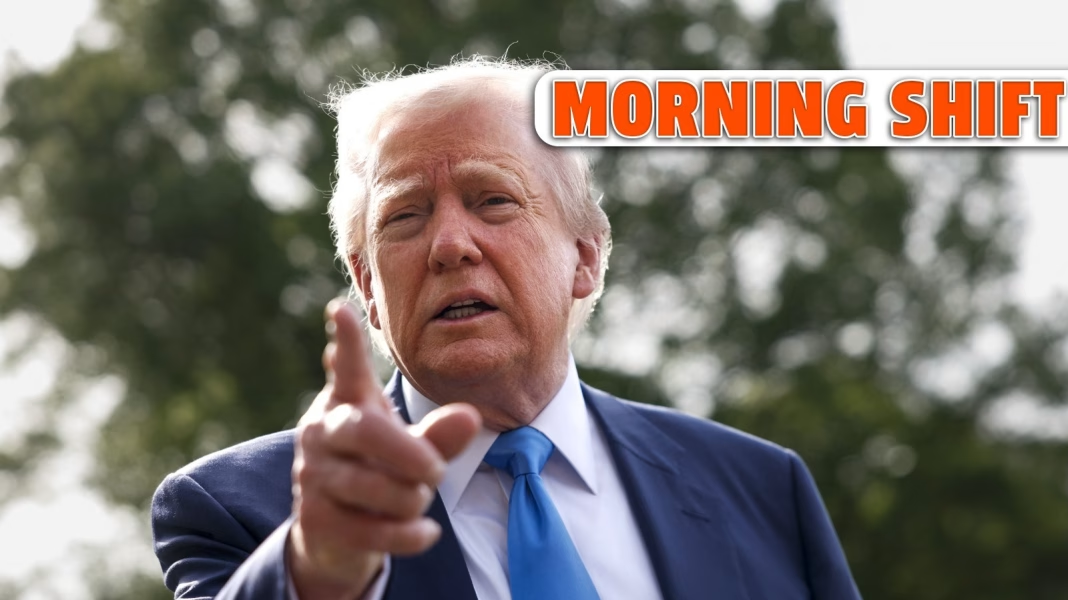Automakers are navigating a complex landscape right now, and it’s clear that the road ahead is anything but smooth. With shifting regulations, market demands, and economic uncertainties, companies like GM and Porsche are facing significant challenges that could reshape their futures. Let’s dive into what’s happening and what it means for these automotive giants.
What’s the Deal with Automaker Compromises?
In recent discussions, there’s been a notable compromise among automakers regarding tariffs and trade policies. The auto industry has been pushing for more favorable conditions to foster growth and innovation, especially in the electric vehicle (EV) sector. With rising costs and supply chain issues, manufacturers are eager for a more stable environment. This compromise could lead to reduced tariffs on imported parts, which would help lower production costs and ultimately benefit consumers.
However, while this sounds promising, the reality is that these negotiations are fraught with uncertainty. Automakers are still grappling with the fallout from previous trade disputes, and any changes could take time to implement. The question remains: will these compromises be enough to boost the industry in the long run?
What’s Next for GM?
General Motors (GM) finds itself at a crossroads. The company has ambitious plans for electric vehicles, aiming to transition away from traditional combustion engines. But recent reports suggest that GM is facing some headwinds. Sales have been fluctuating, and there are concerns about the company’s ability to meet its EV production targets amid ongoing supply chain disruptions.
Moreover, GM’s leadership has acknowledged that the current economic climate is unpredictable. With inflation and interest rates on the rise, consumer spending could take a hit, impacting vehicle sales. GM’s future hinges on its ability to adapt quickly and effectively to these changes. The automaker needs to balance innovation with practical strategies to ensure it remains competitive in a rapidly evolving market.
What’s the Situation for Porsche’s 2025 Goals?
Porsche, known for its high-performance vehicles, is also feeling the pressure as it looks toward 2025. The brand has set ambitious targets for electrification, aiming to have a significant portion of its lineup fully electric by that year. However, recent developments suggest that achieving these goals may be more challenging than initially anticipated.
Supply chain issues and the ongoing semiconductor shortage have already delayed production timelines for many automakers, including Porsche. Additionally, the luxury market is facing its own set of challenges, with shifting consumer preferences and economic uncertainties potentially dampening demand for high-end vehicles. If Porsche can’t navigate these obstacles, its 2025 ambitions could be in jeopardy.
What Can We Expect Moving Forward?
The automotive landscape is undoubtedly shifting, and the challenges faced by GM and Porsche are indicative of broader trends in the industry. As automakers strive for innovation and sustainability, they must also contend with economic realities and consumer expectations.
For consumers, this means staying informed about the evolving market. If you’re in the market for a new vehicle, consider how these developments might affect your options. Will electric vehicles become more accessible? How will pricing change as manufacturers adapt to new economic conditions?
The big takeaway? The future of the automotive industry isn’t about perfection—it’s about smarter adjustments. Whether you’re an automaker or a consumer, starting with one change this week could lead to noticeable differences by month’s end. Keep an eye on these developments; they’re shaping the vehicles of tomorrow.


